Ontario’s SMR plans for Darlington advance

The Ontario government has announced the start of site preparation at the Darlington nuclear power plant for Canada’s first grid-scale small modular reactor: GE Hitachi Nuclear Energy’s (GEH) BWRX-300.

A message from Goodway Technologies
Ensuring Safety and Cleanliness: The Crucial Role of Industrial Vacuums in Nuclear Power Facilities

The Ontario government has announced the start of site preparation at the Darlington nuclear power plant for Canada’s first grid-scale small modular reactor: GE Hitachi Nuclear Energy’s (GEH) BWRX-300.
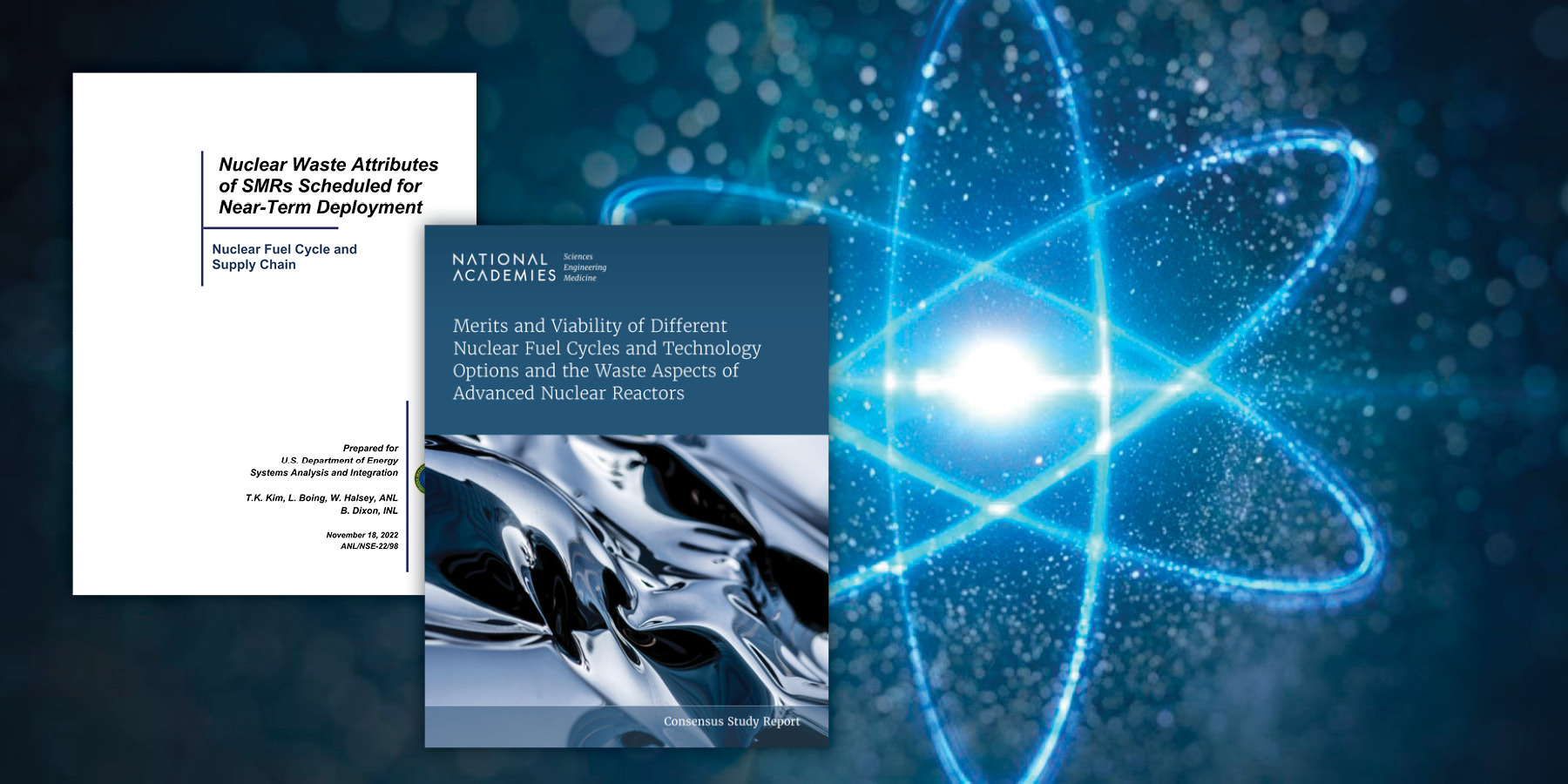
Advanced reactors and small modular reactors with strikingly different coolants and sizes offer an array of different benefits, but when it comes to fuel cycle issues, including spent fuel and waste, they have a lot in common with conventional light water reactors. Two reports released within the last week—a National Academies of Sciences, Engineering, and Medicine (NASEM) consensus committee report two years in the making and a Department of Energy study released by Argonne National Laboratory—address the timely topic of advanced reactor fuel cycle issues. While the NASEM committee ventured to define research and infrastructure needs to support the entire nuclear power fuel cycle, inclusive of new technologies, for decades to come, the DOE report compares the front- and back-end fuel cycle metrics of three reactor designs (from NuScale Power, TerraPower, and X-energy) that have been selected for DOE cost-share–funded demonstrations within this decade. Together, these reports provide assurance that the fuel cycle needs of a fleet of new reactors can be met and point to near-term research and planning needs.

Since at least June of last year—when TerraPower and PacifiCorp announced plans to site the Natrium reactor demonstration project at one of Wyoming’s retiring coal plants—the concept of repurposing those plants to host nuclear reactors has been a popular topic of conversation among the energy cognoscenti.
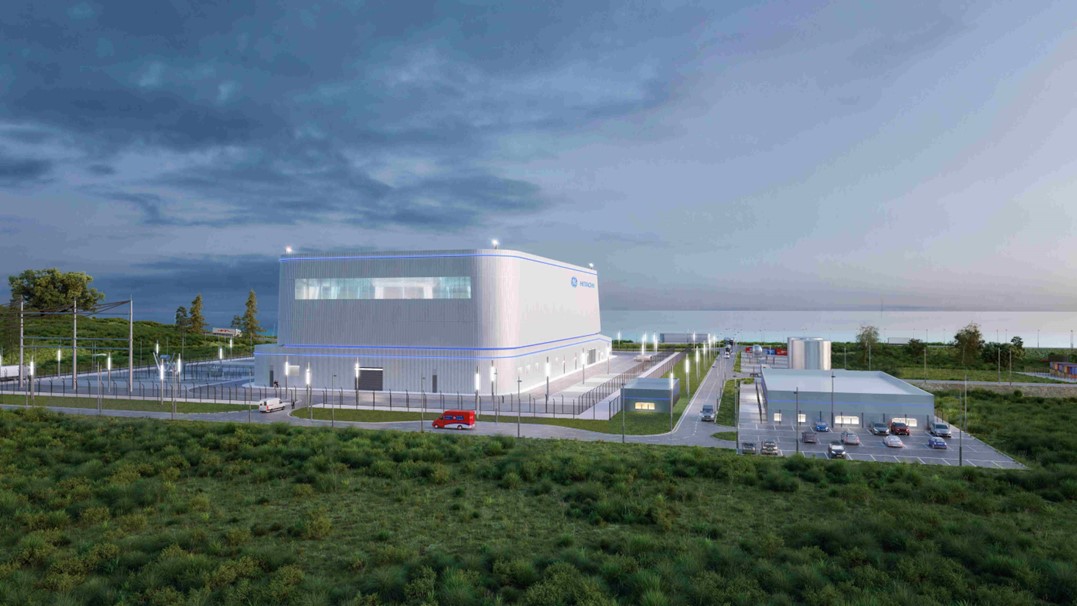
Canada Infrastructure Bank (CIB) has finalized an agreement with Ontario Power Generation, committing C$970 million (about $715 million) to Canada’s first small modular reactor, to be located at OPG’s Darlington nuclear power plant in Clarington, Ontario.
A state-owned enterprise founded in 2017, CIB is charged with financially supporting revenue-generating infrastructure projects in the public interest via public-private partnerships. The agreement with OPG is the bank’s largest investment in clean power to date, according to a Tuesday joint announcement.
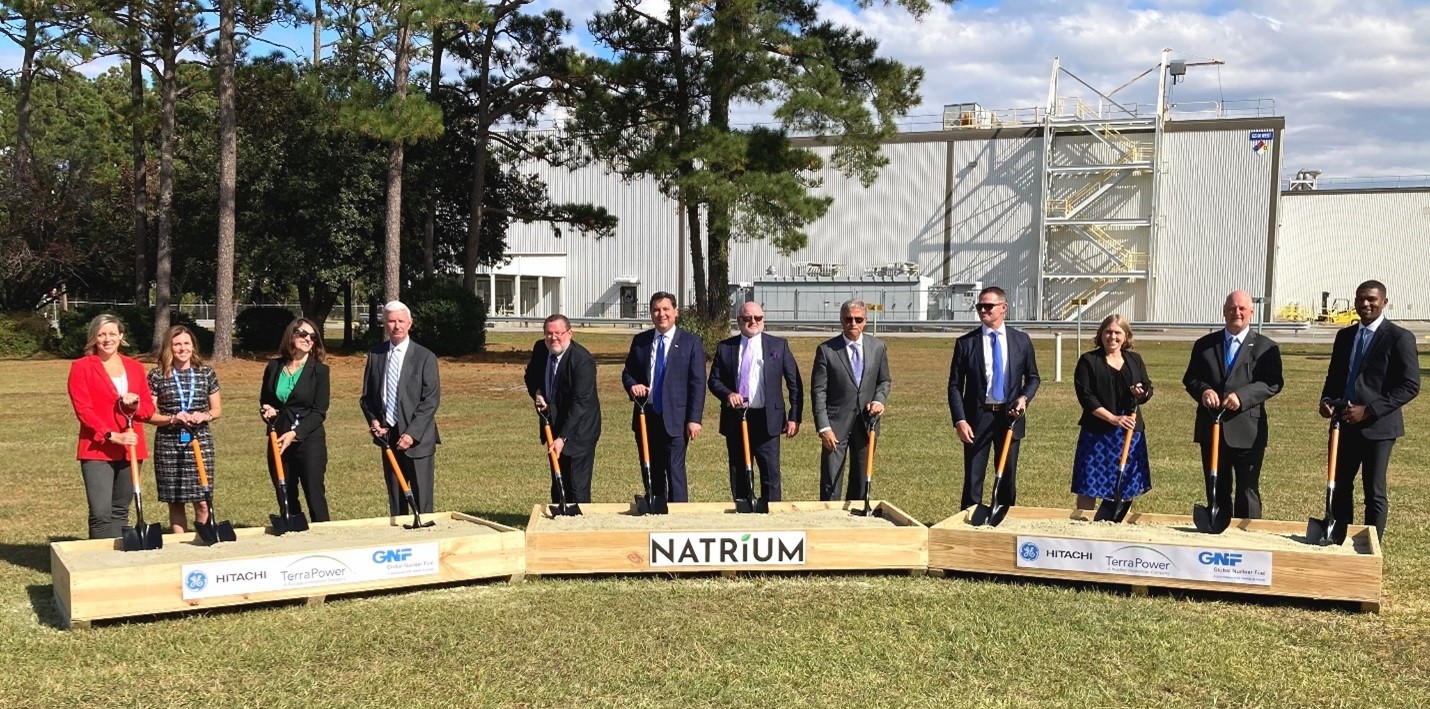
Global Nuclear Fuel–Americas (GNF-A) and TerraPower announced their plans to build a Natrium fuel fabrication facility next to GNF-A’s existing fuel plant near Wilmington, N.C, on October 21. While more than 50 years of fuel fabrication at the site have supported the boiling water reactor designs of GE (GNF-A’s majority owner) and GE Hitachi Nuclear Energy (GEH), the Natrium Fuel Facility will produce metallic high-assay low-enriched uranium (HALEU) fuel for the sodium fast reactor—Natrium—that TerraPower is developing with GEH.
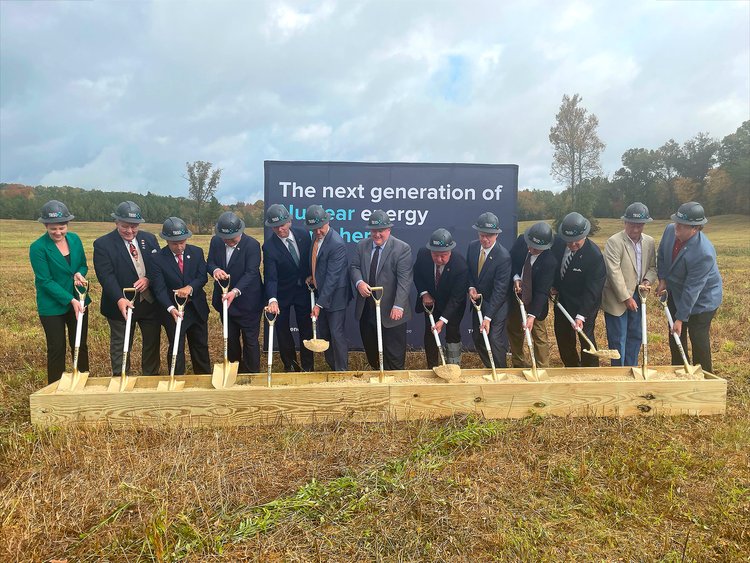
Leaders of X-energy and its TRISO-X subsidiary gathered on October 13 to break ground at the site of what X-energy bills as “North America’s first commercial-scale advanced nuclear fuel facility” in Oak Ridge, Tenn. X-energy expects the TRISO-X Fuel Fabrication Facility (TF3) to create more than 400 jobs and to be commissioned and operational by 2025.

Canada’s Ontario Power Generation (OPG) and Czech Republic–based ČEZ have agreed to collaborate on nuclear technology deployment, including small modular reactors, under a memorandum of understanding signed yesterday in Prague.
Ontario’s largest electricity generator and the European energy giant have both pledged to achieve net-zero carbon emissions by 2040.
The Department of Energy’s management of its commercial-scale reactor demonstration projects has “generally been consistent with requirements to address risk,” according to a Government Accountability Office (GAO) report published recently. The GAO found that the DOE has met existing project management requirements, and that the two offices managing the awards—the Office of Nuclear Energy (NE) and the Office of Clean Energy Demonstrations (OCED)—plan to introduce additional project management tools, such as external independent reviews. The GAO recommended that the DOE adopt those plans as institutional best practices for other large energy projects, and the DOE concurred.
.png)
Curtiss-Wright Corporation and small modular reactor developer X-energy have announced the signing of a preferred strategic supplier agreement to advance the design and deployment of the latter’s Xe-100 SMR.

Craig Piercy
cpiercy@ans.org
Everyone knows the iconic scene in the classic 1975 movie Jaws when Chief Brody, played by Roy Scheider, is chumming the waters off the coast of Cape Cod and finds himself face-to-face with a 25-foot great white shark for the first time. As you will remember, the scene cuts to Brody shuffling into the boat’s cabin, turning to Quint—the salty captain played by Robert Shaw—and saying rather dryly, “You’re gonna need a bigger boat.”
That image, of someone confronting the true scope of their challenge, is the thing that kept creeping into my mind as I walked the expo floor of the 2022 Utility Working Conference held on Marco Island, Fla., last month.
Yes, the excitement was palpable. The Inflation Reduction Act was cruising toward enactment with $30–40 billion in new nuclear-eligible clean energy tax incentives in its berth. Dow had just announced its intention to partner with X-energy to site a high-temperature gas reactor at one of its Gulf Coast manufacturing facilities.

X-energy has been having a good year. Not only did Dow announce plans to invest in the company’s high-temperature gas reactor (HTGR) technology and deploy an Xe-100 reactor at a U.S. Gulf Coast facility for power and process heat by 2030, in parallel with the Xe-100 demo planned for Washington state with support from the Advanced Reactor Demonstration Program (ARDP), but X-energy’s fuel subsidiary, TRISO-X, has applied for a fuel facility license and aims to have a commercial fuel plant operating in 2025, and Canadian provinces are signaling their interest in the technology. And while news of Dow’s investment broke with well-deserved fanfare, the company’s serious interest in HTGRs—and federal support for HTGR development—goes way back.
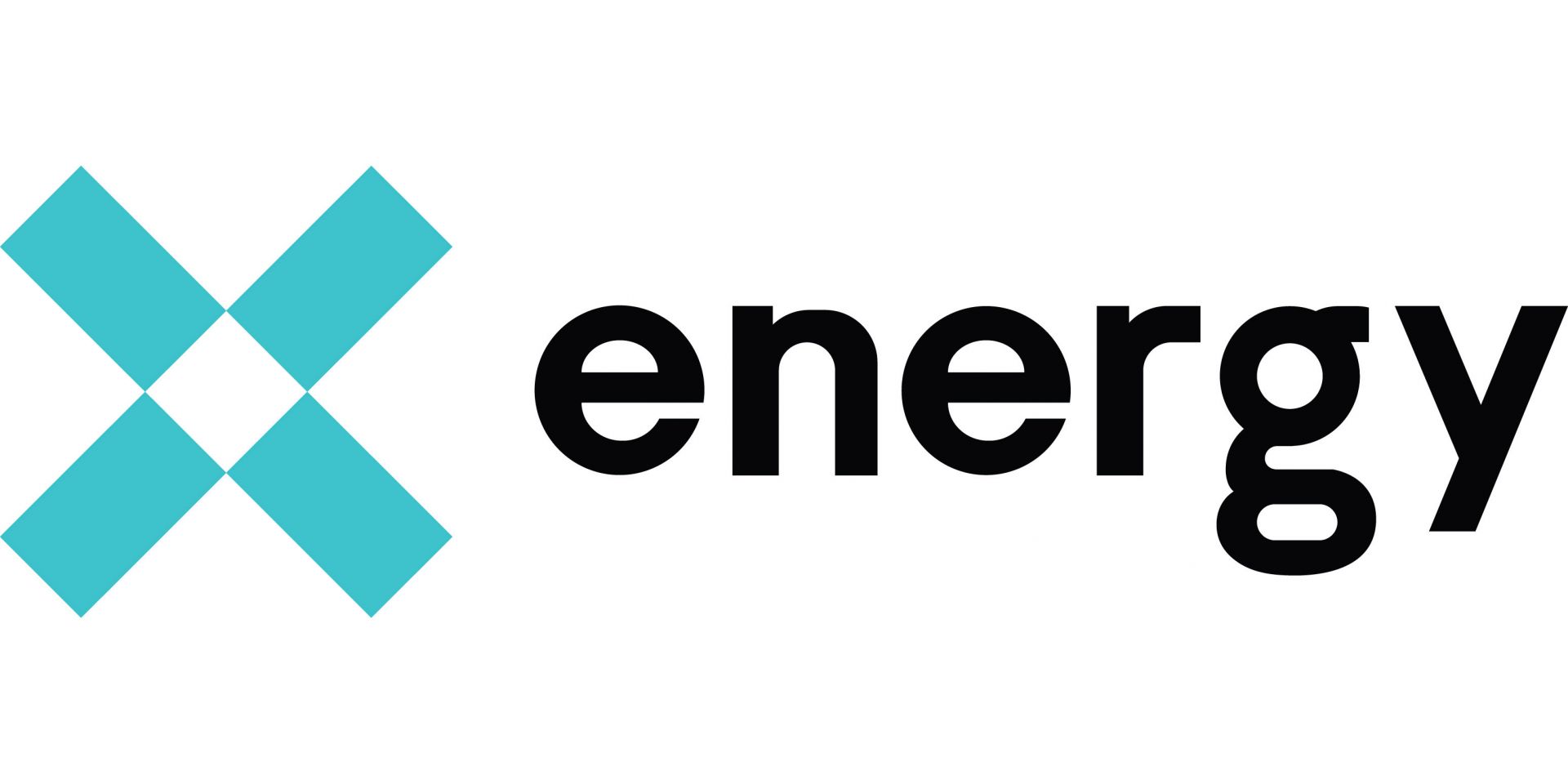
Small modular reactor developer X-energy and materials science giant Dow this morning announced the signing of a letter of intent aimed at deploying X-energy’s Xe-100 reactor technology at one of Dow’s U.S. Gulf Coast facilities. The companies expect the SMR plant, which would provide power and process heat to the Dow facility, to be operational by approximately 2030.
Dow is the first manufacturer to declare its intention to develop SMR technology options and intends to take a minority equity stake in X-energy, according to the announcement.
News of the collaboration broke at the American Nuclear Society’s Utility Working Conference and Vendor Technology Expo, being held through August 10 at Marco Island, Fla.

X-energy and Dow announced today a collaboration with intent to deploy an advanced small modular reactor at one of Dow’s U.S. Gulf Coast facilities. The SMR, which would be operable by about 2030, would provide heat and power to the Dow facility.
The announcement was made at the American Nuclear Society's Utility Working Conference and Vendor Technology Expo (UWC 2022), being held through August 10 at Marco Island, Fla.
Rockville, Md.–based X-energy announced yesterday that it has selected Zachry Group and a combined team from Burns & McDonnell and Day & Zimmermann to work with the company on the next phases of design and deployment for its Xe-100 small modular reactor fleet.

The 26th Annual Nuclear Generator and Supplier Executive Summit, hosted by Utilities Service Alliance (USA), was held at the Coeur d’Alene Golf and Spa Resort in Idaho from June 28 through July 1. About 375 attendees were present for this year’s meeting, themed “Nuclear’s Next Wave” which featured presentations and discussions on emerging nuclear technologies and designs, as well as an integrated tradeshow with about 50 industry suppliers exhibiting products, services, and ideas.

The Nuclear Innovation Alliance (NIA), a Washington, D.C.–based nonprofit, has released a new report, Advanced Nuclear Reactor Technology: A Company Compendium, along with an update to its Advanced Nuclear Reactor Technology: A Primer, first published last September.
Both reports are meant to serve as resources for investors, reporters, policymakers, regulators, and others wanting to learn more about the different technologies and key players involved in the design, licensing, construction, and operation of advanced nuclear reactors.
Ontario Power Generation (OPG) and X-energy will look for opportunities to deploy the Xe-100 high-temperature, gas-cooled reactor at industrial sites in Ontario and identify further potential end users and sites throughout Canada under an agreement announced today.

Three teams have been picked to design a fission surface power system that NASA could deploy on the moon by the end of the decade, NASA and Idaho National Laboratory announced today. A fission surface power project sponsored by NASA in collaboration with the Department of Energy and INL is targeting the demonstration of a 40-kWe reactor built to operate for at least 10 years on the moon, enabling lunar exploration under NASA’s Artemis program. Twelve-month contracts valued at $5 million each are going to Lockheed Martin (partnered with BWX Technologies and Creare), Westinghouse (partnered with Aerojet Rocketdyne), and IX (a joint venture of Intuitive Machines and X-energy, partnered with Maxar and Boeing).
The Maryland Energy Administration (MEA) has awarded grants to Rockville, Md.–based X-energy—developer of the Xe-100 small modular reactor—and Frostburg State University for a collaborative study to determine the potential for siting an SMR at a state coal site. A joint analysis of the study’s findings is to be delivered to MEA later this year.

A cross-section view of X-energy’s Xe-100 reactor. (Image: X-energy)
U.K. nuclear services company Cavendish Nuclear has signed a memorandum of understanding with U.S. reactor and fuel-design engineering firm X-energy to act as its deployment partner for high-temperature, gas-cooled reactors (HTGRs) in the United Kingdom.
Headquartered in Rockville, Md., X-energy is the developer of the Xe-100, an 80-MWe reactor with a modular design permitting it to be scaled into a “four-pack” 320-MWe power plant. As a pebble bed HTGR, the Xe-100 would use TRISO particles encased in graphite pebbles as the fuel and helium as the coolant.
According to a May 11 joint statement from the companies, development and deployment of HTGRs in the United Kingdom would support an increase in the nation’s energy security, contribute toward the government’s net-zero-by-2050 commitment, and create considerable opportunities for the U.K. nuclear supply chain.